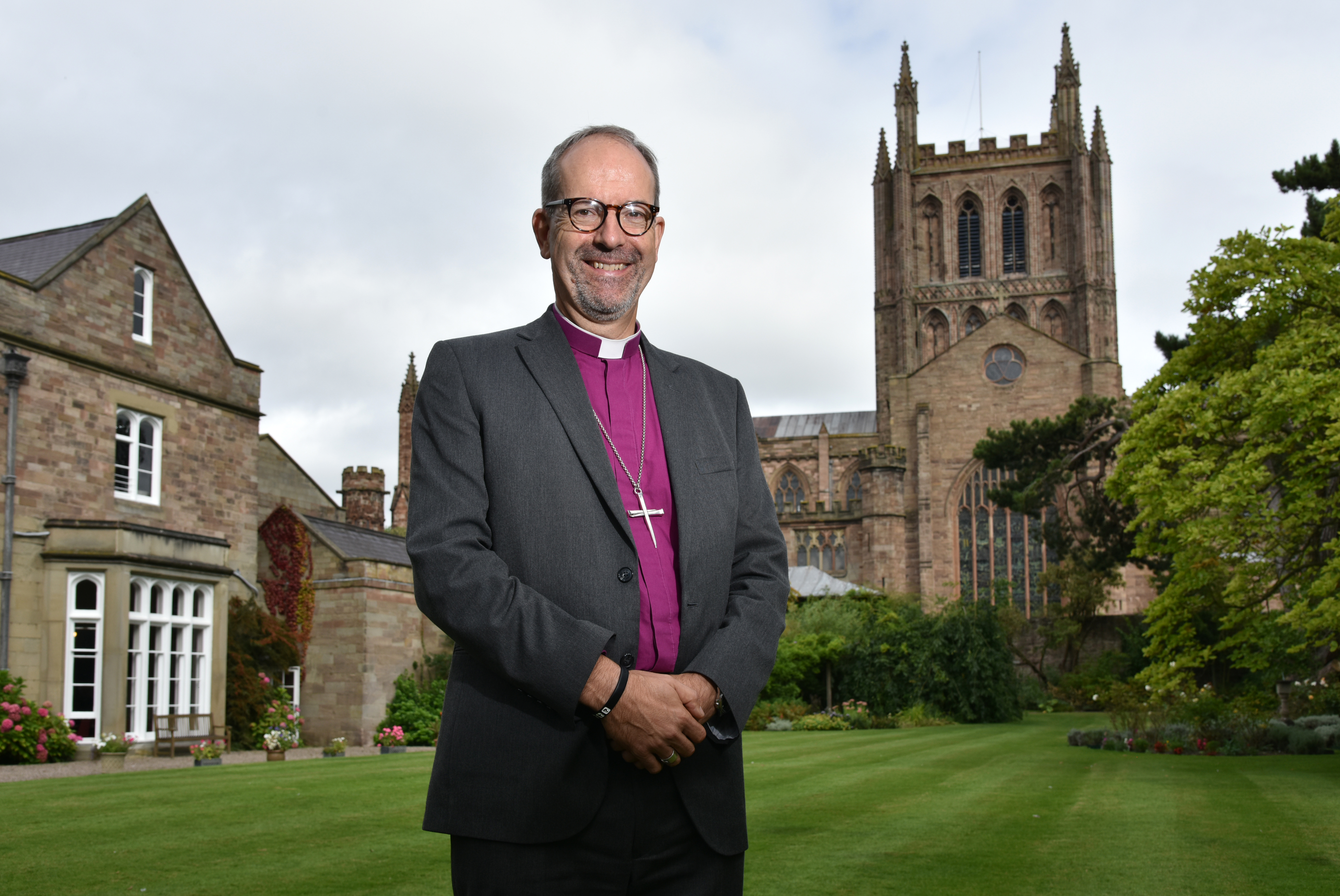
Dear Friends,
In court, juries will be suspicious if all the witnesses come up with the same story. Their role is to weigh up accounts to discern where the truth lies. In most situations its remarkable how diverse people’s perceptions of events can be. Such variation adds to the credibility of a story. This is especially true of the Christmas story in the Bible. The events are examined from a variety of angles. Diverse witnesses provided the source material for the Gospel writers to distil their accounts. We have an angle from Kings, Shepherds, and theologians keen to analyse things in the light of what God had already said through prophets hundreds of years previously. In the centre of the story is Mary, the young peasant girl in her teens, who finds herself inexplicably pregnant.
Her response is the exemplar of what it is to be a follower of Jesus. The angel tells her what is about to happen with only the sketchiest discussion of the personal implications. Her response is, “may it be unto me as you have said.” Confronted with the reality of God, her answer is, “yes, now what is the question.” She is in a long line of heroes of faith who exemplify unconditional obedience. Isaiah, confronted with a vision of God said, “here am I send me.” The disciples required just a word from Jesus to leave everything and follow him. St. Paul was struck blind on the road to Damascus and meekly waited for what God was to tell him he must do.
We are coming to the end of our year of prayer in the diocese and moving to the year of faith. As we begin that journey together, Mary’s, “yes, now what is the question?” is a good place to start. The Gospel was described by Rowan Williams as news not advice. The events of Jesus’ birth, life, death and resurrection stand at the turning point of history inviting us to respond with our own unconditional, “yes!”
+Richard
